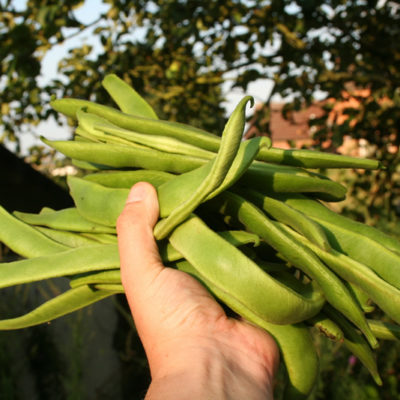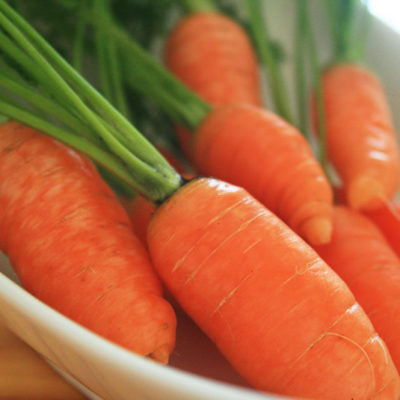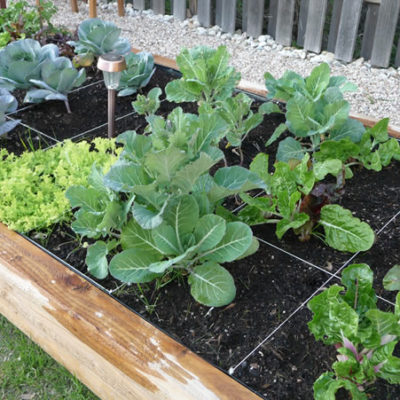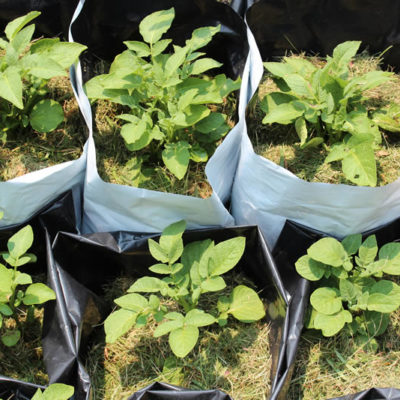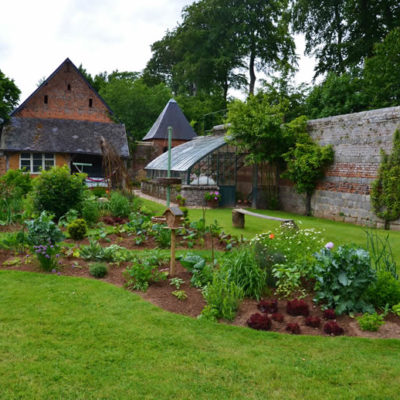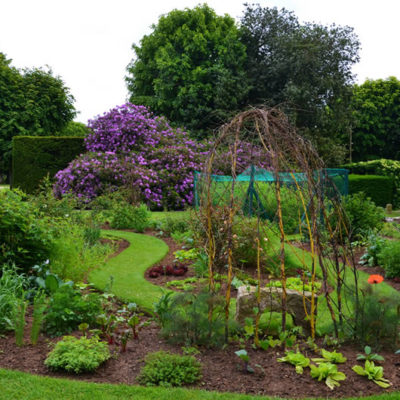Making room for vegetables
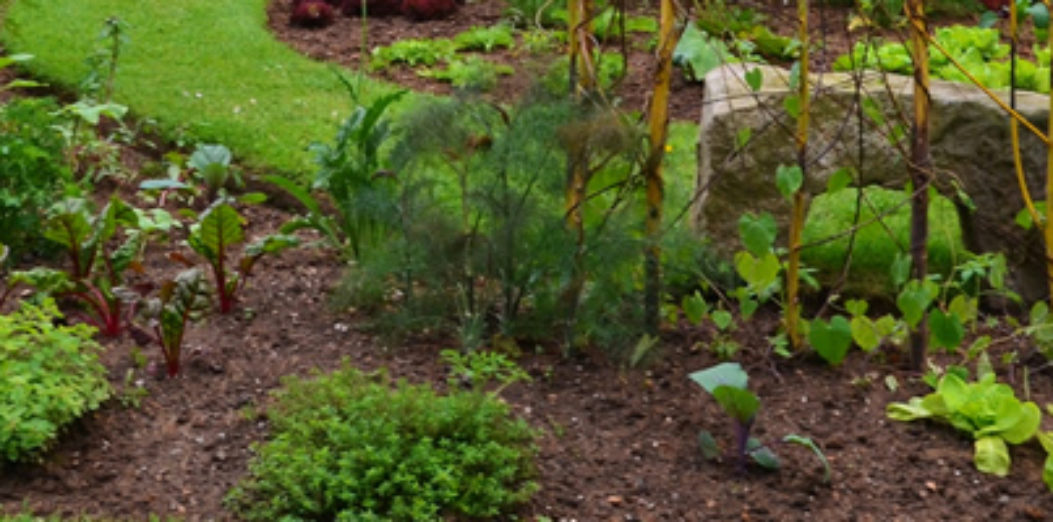
I have been asked on numerous occasions over the years to give some tips and advice about growing vegetables and how to design a vegetable garden. Up until now I have held back – whilst historically I have grown many types of vegetable, I do not consider myself an expert, and I have never had an allotment. But then it occurred to me that perhaps this was the very reason why I should write a blog or two on designing vegetable gardens – because I am in much the same position as my own clients! So this blog post is the first of a series on growing vegetables and how to incorporate vegetables within a hopefully beautiful garden.
Future posts will explore what veggies to grow, where to grow them and how to grow them, but this introduction is simply a gentle call to action aimed at encouraging everyone to grow a few vegetables, herbs or salad crops in their gardens.
Why?
Most of us like the idea of growing a few vegetables:
- it is rewarding in its own right
- many vegetables (runner beans for example) taste so much better than anything you can buy in a shop, and are normally cheaper
- it’s eco friendly
- you can involve the kids
- and for foodies like me, it provides an opportunity to grow things that can be difficult to find in the shops
Starting Small
Whilst very keen “grow your own” enthusiasts may opt for large vegetable gardens or allotments, which require large amounts of both space and time, it is entirely possible to grow a few plants in a small space and with relatively little time input.
Small raised beds are one option for growing plants in a confined space, but timber planters, bags, containers are also possibilities. And you don’t necessarily need a separate vegetable garden – runner beans can be grown, for example, up obelisks within a border. In fact, a number of plants can be grown as simple shrubs or annuals within a border, for example gooseberry bushes, or perhaps things like beetroot with its ornamental leaves.
It must be said, however, that when growing veggies in borders, I do need to curb my natural designer inclination to fill borders – most veggies like a bit of space.
Looking Good
Vegetable areas don’t need to look too utilitarian. They can be made to be attractive gardens in their own right. A favourite trick of mine is to make small vegetable gardens semi-formal in style, with some symmetry and perhaps a central feature. Almost a mini potager! (On a rather more grand scale, these photos of ‘Le potager animé’, Château de Mesnil Geoffroy, demonstrate the point – a vegetable garden doesn’t have to look boring! Photo credit: isamiga76).
Be Realistic
Having shared those photos above, a word of caution: be realistic! Many vegetables are in effect annuals. An unused and / or untended large veggie garden can quickly become a weed infested eyesore. Think about why you are growing vegetables, how much time and space you have, and what veggies in particular you want to grow (and what the minimum needs of these plants are). Perhaps start off small scale, with a view to expanding your veggie garden as your experience and enthusiasm grows!
Until next time……
Photo credits: isamiga76, Paul Stainthorp, ccharmon, Korye Logan, Greg Traver.
